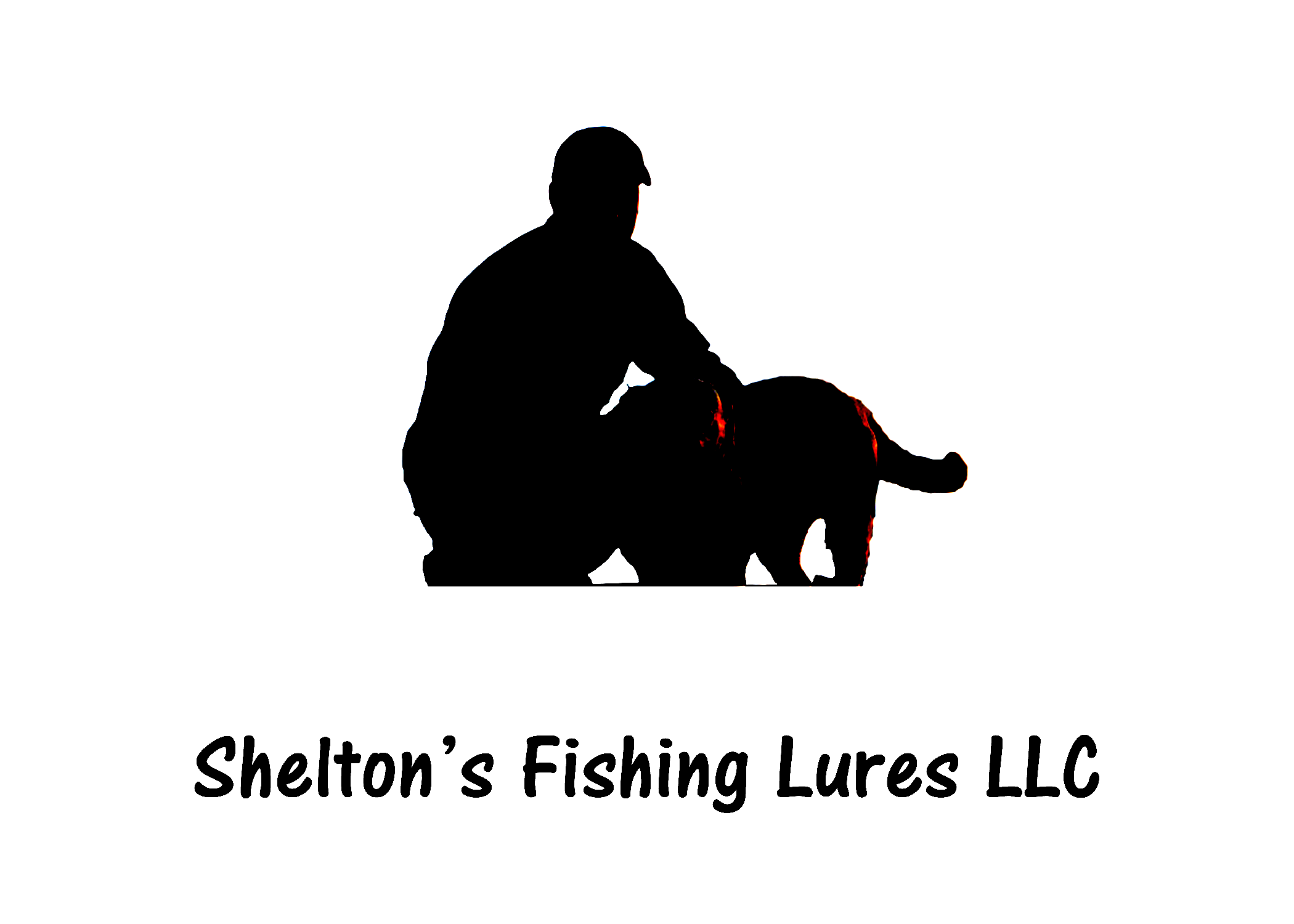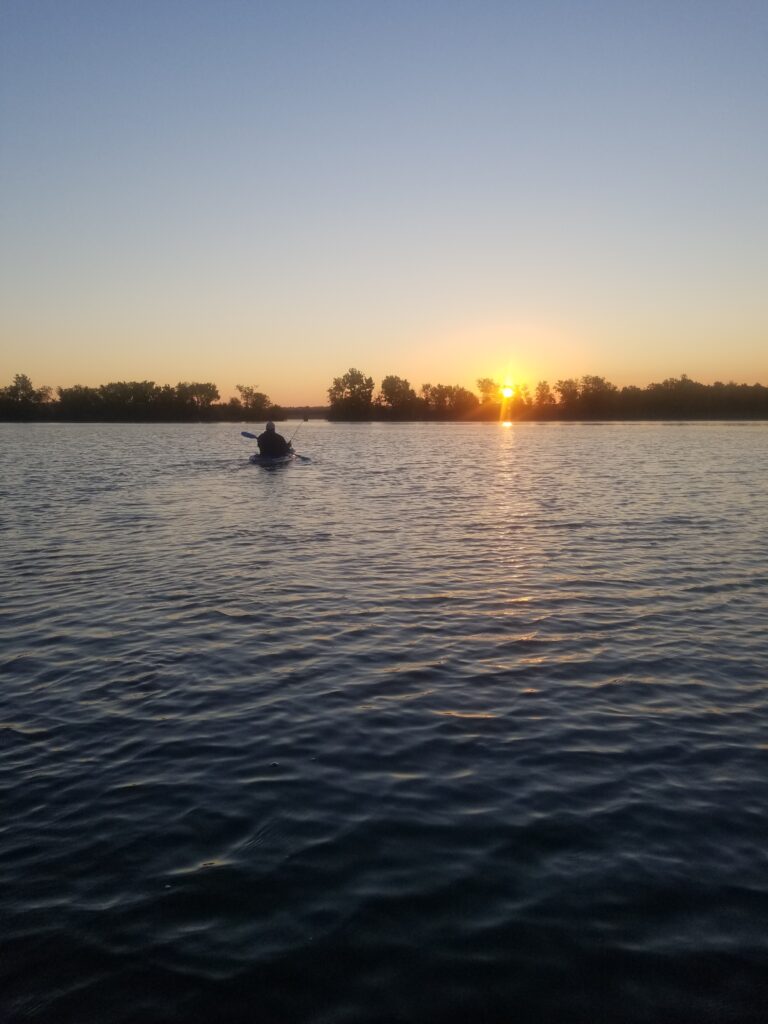Crappie, Tips and Tricks
Does Your Crappie Jig Selection Really Matter That Much?
With over 30 years of chasing papermouths, I’ve come to the conclusion that your jig selection can make or break your day on the water.
Does Your Crappie Jig Selection Determine Your Success?
I’ve put in enough hours on the lake that I don’t think it should actually be measured in hours but instead months. Take into consideration that as soon as I find something that works, my mind instantly tries to figure out why it worked, and can I make it better still yet?
Now I’ll admit that there are many days in the year where you can throw a dart and any jig you select regardless, of style and color, will catch a mess of fish. I just think it’s rare to know exactly what bigger fish are keying in on from the get go without experimentation.
What Prompted Me To Discuss Crappie Jig Combos?
A couple of days ago I went out to shoot an intro video. The goal was simple (so I thought). I needed an action shot of me catching a decent fish from land, so I took two poles out to the edge of a popular dock. In one hand I held a pole with two jigs, a tube jig, and a home made tied bucktail jig. On the other pole was a cottonmouth fuzzy tail jig in plain white under a slip cork rig.
Instantly I began catching fish on the single fuzzy tail at a ratio of about 9:1. No matter how hard I tried I couldn’t catch many fish on the two jig setup. In addition I couldn’t catch a large crappie on the fuzzy tail but my few bites on the hair jig were keepers! I figured I just needed a longer duration for a good sample size.
Three hours later I had close to a limit of quality crappie with only one coming on the fuzzy tail, even though I had caught close to a hundred fish on it by now. The bite was so good in fact, I was privileged to get crappie to come up almost to the surface to hit the jigs so I could drag the bait away from smaller fish.
I wasn’t about to take this golden opportunity and squander it!
What I Discovered About My Crappie Jig Selection That Day
I’ve been in the game long enough to know that you have to dial in on a jig selection, and I always go about it the same way when I approach a lake. I must determine…
-
-
- The Location Of The Fish
- The Feeding Mood The Fish Are In
- Style Of Bait That Large Fish Are Keying In On
- Color Of Jig Larger Fish Are Keying In On
-
Location was figured out almost immediately. This isn’t always the case though and I don’t care what kind of jig you use, if the fish aren’t present there will be no bites!
Next the fish were feeding from the get go! Shad were darting around the dock and the wind had churned up the water a little bit creating a feeding frenzy.
I did an article a few weeks back titled two jigs vs. one, which helped me key in on the correct bait style for numbers but without using the second pole I would’ve likely given up on the spot since it took me so long to find a bigger fish.
This was a huge learning lesson for me on this particular day. Had I only had the fuzzy tail I would’ve thought they were biting really well but I was in the wrong place for keepers and might have gone home empty handed!
The Color made all the difference in the world. I would hold the white fuzzy tail up to the surface and watch in amazement as crappie would dart out from behind the dock and attack. For an experimentation, I decided to hold a black and chartreuse tube jig in the exact same spot inches away, and the fuzzy tail won almost every time!
How Seeing My Jigs Being Attacked Helped Me Key In On Determining The Correct Crappie Jig To Select
Like many nowadays, I’ve used LiveScope and watched fish digitally come up and eat a bait but there was something so different about actually seeing the fish swim up to it in real life.
The smaller fish would dart out aggressively taking the bait from a horizontal angle which gave that thump that we all feel for.
The big fish on the other hand did exactly like they always do when I feel it. They rose up from underneath and after quick inspection would inhale the bait and lift up. That’s why when I barely feel a bite and see my line go slack it’s almost always a solid fish. It was just amazing to see it in real life!
Conclusion
I know this was a short article but I couldn’t wait to share my findings which have now reshaped the way I fish going forward.
I can’t help now but think back to many occasions of sitting around and catching active small fish only to give up and go to another location without seeing if I could find a few good ones mixed in by upping my jig profile. I’m always willing to give up the extra bites to find that perfect pan sized fish to go into the grease.
Moving forward, I will continue to mention this post in future blogs, especially if the inspiration leads to future success as I learn and grow as an angler!



